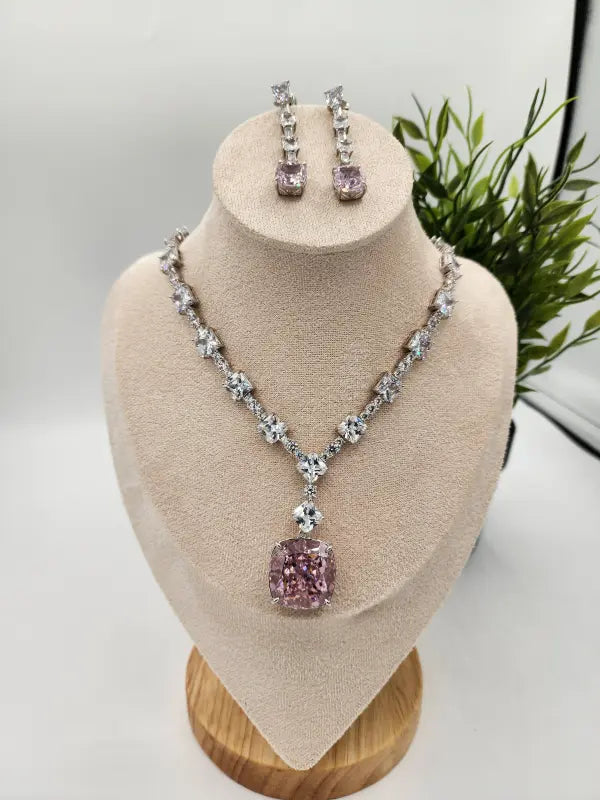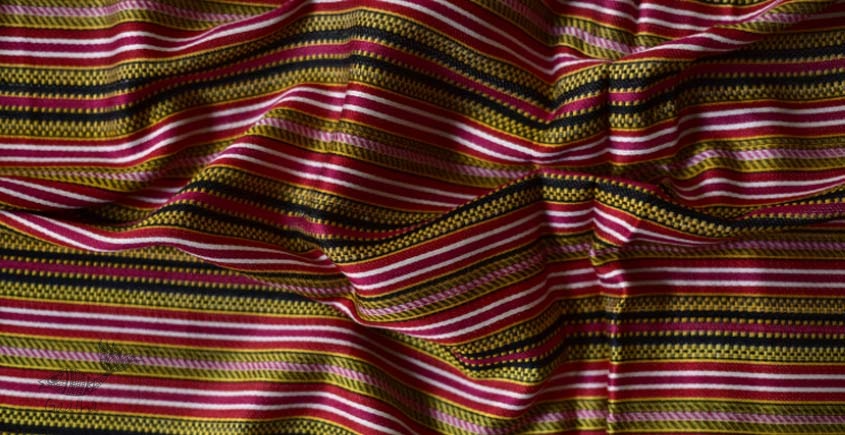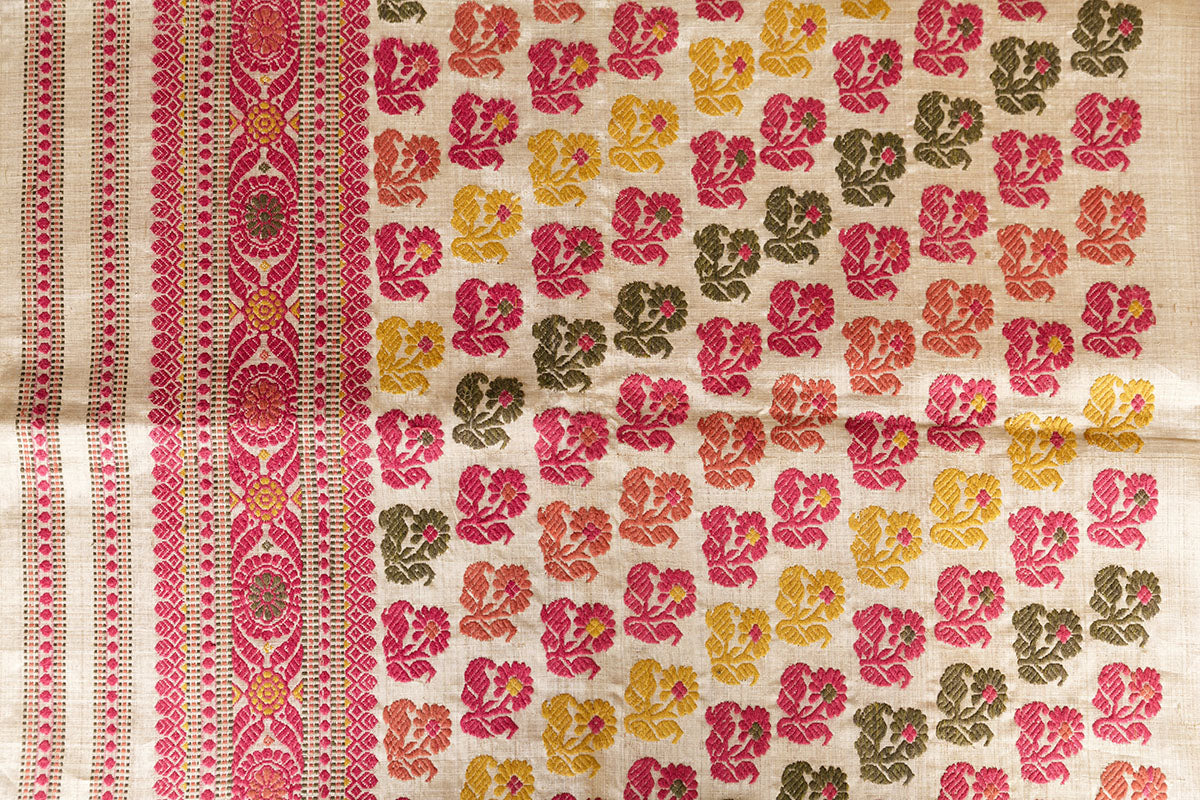Mashru, also historically spelled mashroo, misru, mushroo, or mushru, is a distinctive woven cloth that blends silk and cotton. Originating in the Indian subcontinent, this fabric has a rich history, particularly during the Mughal Empire. It was mentioned in the 16th-century administrative document, the Ain-i-Akbari, reflecting its significance in that era.
Historical Significance

The Ain-i-Akbari, a crucial administrative record from the Mughal period, provides detailed insights into the textile preferences of the time. It notes that while the general Muslim populace preferred simple garments like linen, there was an exception for fabrics like Mashru. The blend of silk and cotton was particularly significant because Islamic law prohibited the wearing of pure silk. Therefore, Mashru allowed individuals to adhere to religious guidelines while enjoying the luxurious feel of silk.
Mashru was not merely a fabric; it was a statement of both cultural and religious compliance. During the Mughal period, it was a popular choice for the garments of courtiers and nobles, showcasing its prestige and importance in the royal wardrobe. This fabric is believed to have been an Indian innovation, developed to meet both aesthetic and religious needs.
Etymology and Meaning

The term "Mashru" is derived from the Arabic word "mashry," which means 'permitted,' and the Sanskrit word "misru," which translates to 'mixed.' This nomenclature reflects the fabric's dual nature—combining silk and cotton in a way that aligns with religious and cultural practices. In India, Mashru is also known by various names such as bandha, patolu, telia rumal, chitki, or simply tie. These names further emphasize the fabric's cultural significance and its role in traditional attire.
Production and Texture

Mashru is traditionally produced in regions such as Punjab, Sindh, and the western parts of India. The production process involves weaving a double-layered fabric where a thick cotton base is covered with a single-stranded silk warp and woof. This unique weaving technique results in a fabric that has a silk face and a cotton backing. The silk fibers are brought up while the cotton yarn is pushed down during the weaving process, creating a thick, heavy cloth with a satin finish.
This construction method ensures that Mashru exhibits the luxurious appearance of silk on the outside while maintaining the durability and comfort of cotton on the inside. The result is a fabric that is less lustrous and more substantial compared to pure silk, making it suitable for a variety of uses.
Types and Uses

Mashru comes in several varieties, each with distinct characteristics and uses. The most notable types include:
- Gulbadan: Known for its exquisite texture and aesthetic appeal, Gulbadan Mashru is often used in high-quality garments and ceremonial attire.
- Sufi: This variety is typically associated with religious or spiritual attire and is characterized by its fine texture and intricate patterns.
- Sangi: Considered a lower-quality variant, Sangi Mashru is more affordable and used for everyday clothing and household items.
Despite its various types, Mashru is generally less expensive than pure silk, making it an accessible option for those who seek the look and feel of silk without the high cost. Its durability and ease of care have made it a popular choice for both clothing and household textiles.
Cultural and Practical Significance

Mashru's historical and cultural importance is evident in its use across different societal strata during the Mughal Empire. It provided a means for individuals to adhere to religious prohibitions while enjoying the aesthetic qualities of silk. This blend of functionality and luxury made Mashru a valuable fabric in historical and cultural contexts.
In contemporary times, Mashru continues to be appreciated for its unique combination of silk and cotton. Its distinctive texture and finish make it a desirable choice for those who value both tradition and quality in their clothing and home textiles. The fabric's enduring appeal lies in its ability to bridge cultural practices with modern fashion, maintaining its relevance through centuries of change.
Conclusion
Mashru is more than just a textile; it is a symbol of cultural heritage and religious adherence. From its origins in the Mughal Empire to its continued use today, Mashru represents a rich history of craftsmanship and innovation. Its blend of silk and cotton not only fulfills practical needs but also carries forward a legacy of tradition and elegance.
FAQs
- What is Mashru fabric?
Mashru is a woven cloth made from a blend of silk and cotton. It has a silk face and a cotton backing, combining the luxurious feel of silk with the durability of cotton.
- Why was Mashru created?
Mashru was developed to comply with Islamic dress codes, which prohibit the wearing of pure silk. The blend allowed individuals to enjoy the appearance and feel of silk while adhering to religious guidelines.
- Where was Mashru traditionally produced?
Mashru was primarily produced in the regions of Punjab, Sindh, and western parts of India.
- What are the different types of Mashru?
Mashru comes in several types, including Gulbadan (for high-quality garments), Sufi (for religious attire), and Sangi (a more affordable variant).
- How is Mashru different from pure silk?
Mashru has a thick cotton base covered with silk, giving it a less lustrous and heavier feel compared to pure silk, which is usually lighter and more glossy.




